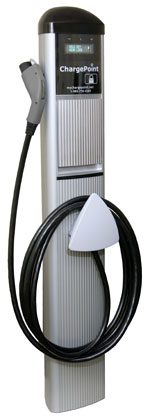
October 6 is California Clean Air Day – an annual day of action to improve air quality across California. Small actions on your part can help make a big difference.
The Pledge
One of the key elements of the event is the Clean Air Pledge. By taking it, individuals and organizations commit to doing their part to help clean the air on October 6, through actions both big and small.
If you take the Clean Air Pledge as an individual or household, you select actions to take from three main categories: Switching Things Out, Planting Something, and Reducing Vehicle Use. For example, you might choose to change your home air filter, plant a tree, or take public transit to work instead of driving. How many action items you choose is completely up to you.
Here’s a sample of actions you can choose from:
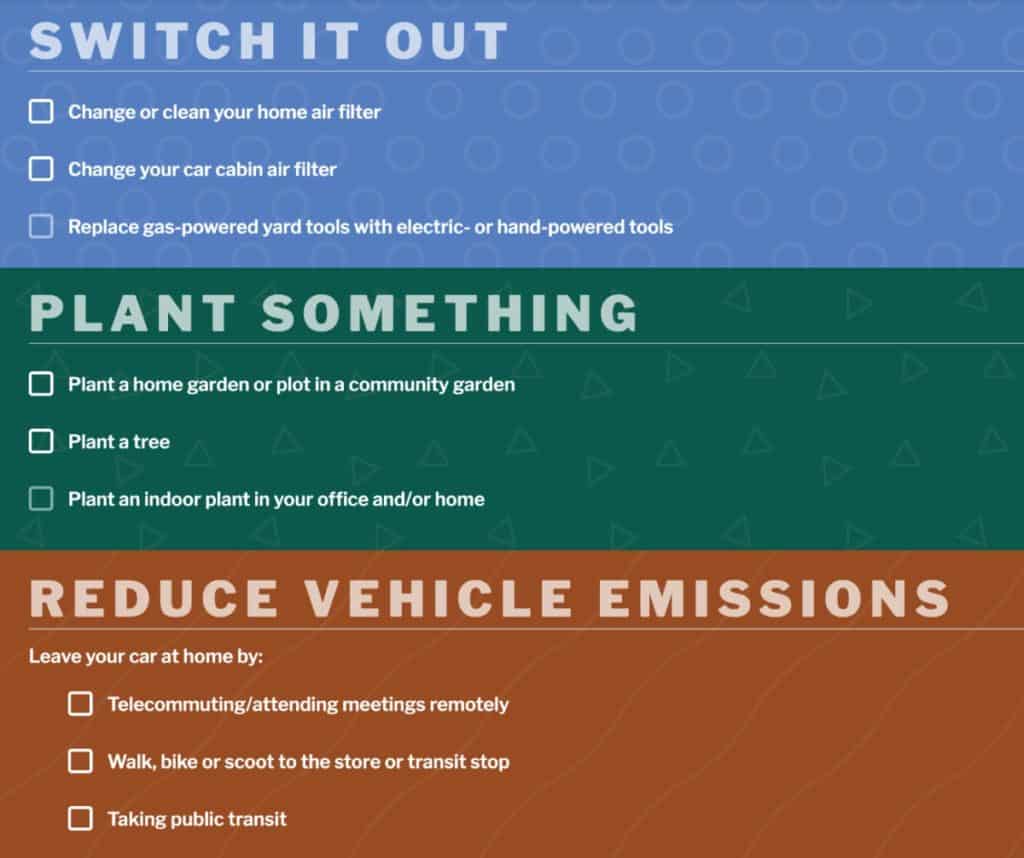
There’s also a Clean Air Pledge for Kids (with more actions to choose from on the website):
Organizations and businesses can take the pledge, choosing which business practices to modify and educational efforts to undertake for Clean Air Day. Not only will participating organizations be listed on the Clean Air Day website, but employers can get a count of how many employees have decided to take the Clean Air Pledge as individuals.
Local Events
The California Clean Air Day website has a list of events, some leading up to October 6 and some on Clean Air Day. Here are some events happening locally:
- Richmond Annual Community Bike Ride – October 6th at 11:30am
- Free rides on WestCAT, San Francisco Bay Ferry, Tri Delta Transit, and Wheels – October 6 (all day)
Other Ways to Get Involved
If you’re looking for other ways to get involved in California Clean Air Day, here are some ideas:
- Businesses can provide support as a sponsor and plan to have employees volunteer at one of the Clean Air Day events around the state.
- Local organizations can promote Clean Air Day and help their community have higher participation.
- You can plan your own California Clean Air Day event.
Every Little Bit Helps
No matter how small you might think an action is, like not idling your engine or adding a plant to your office, it all adds up. Contributing to better air quality is easier than you might think. So consider taking the Clean Air Pledge an committing to at least one action on October 6 and be an active part of California Clean Air Day.
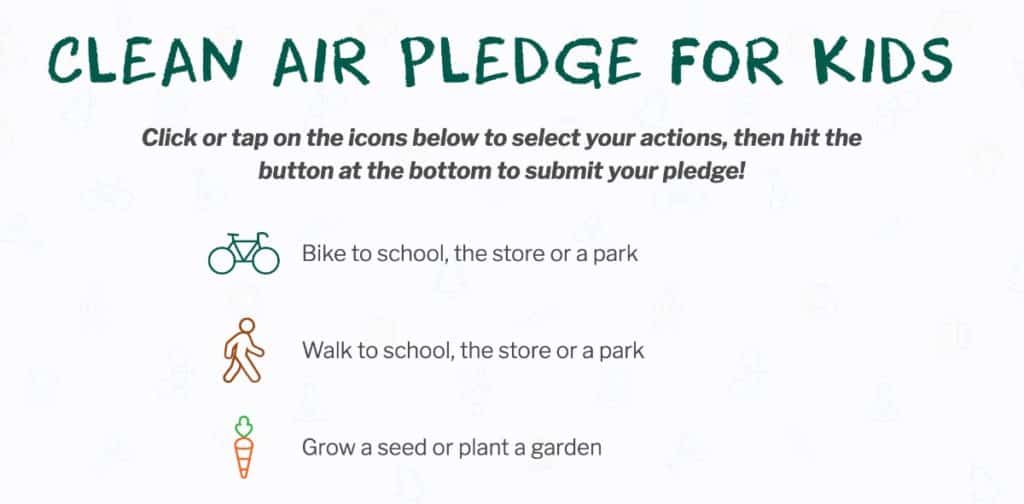
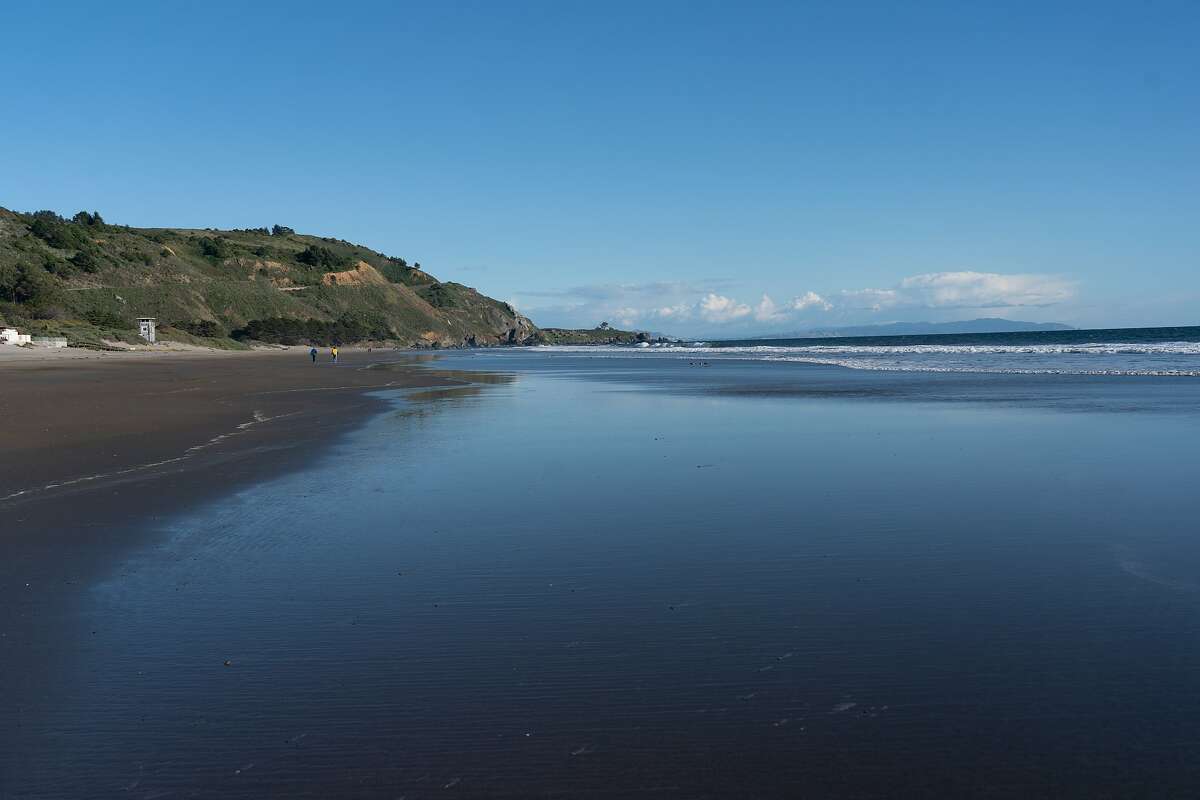
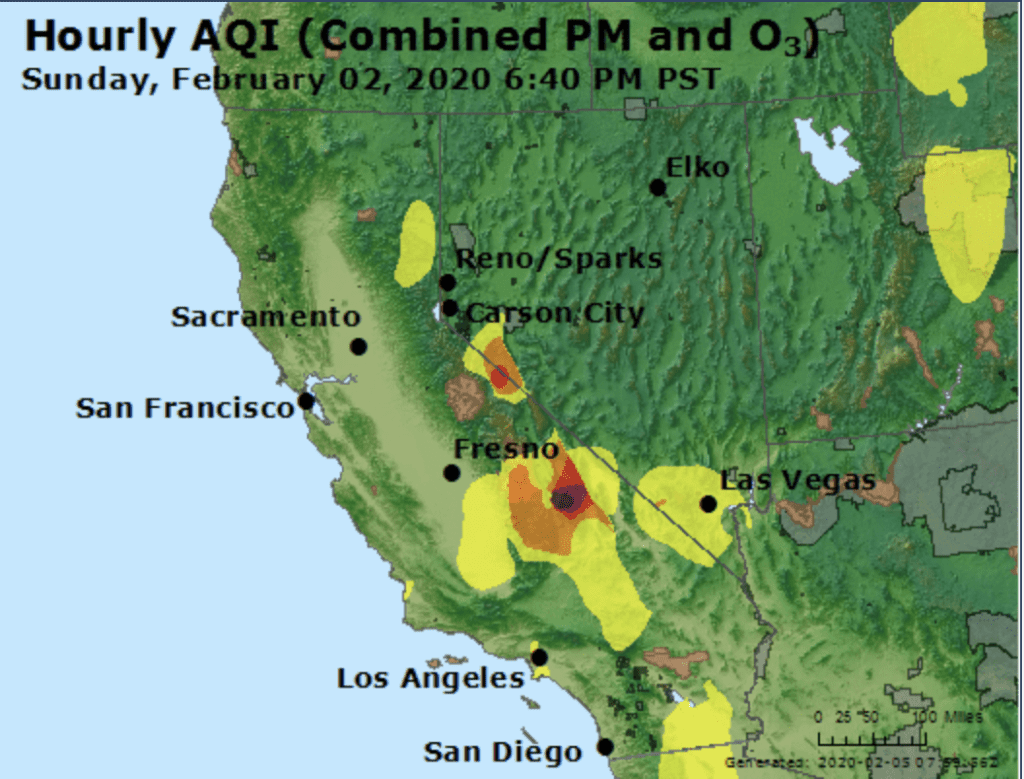
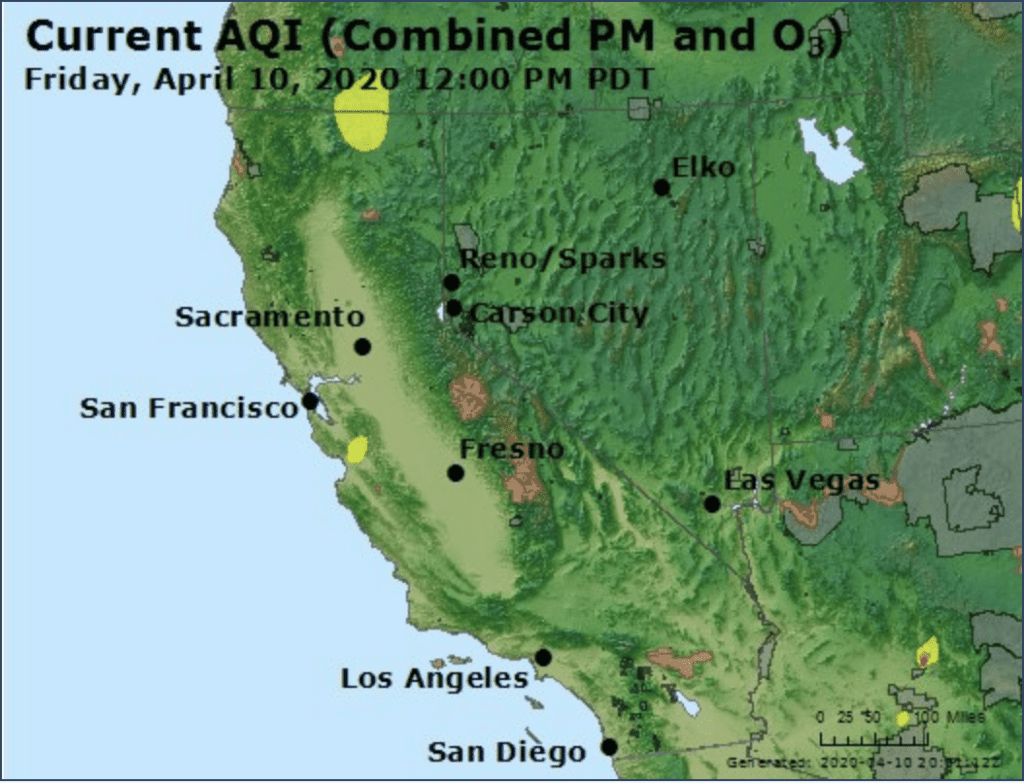

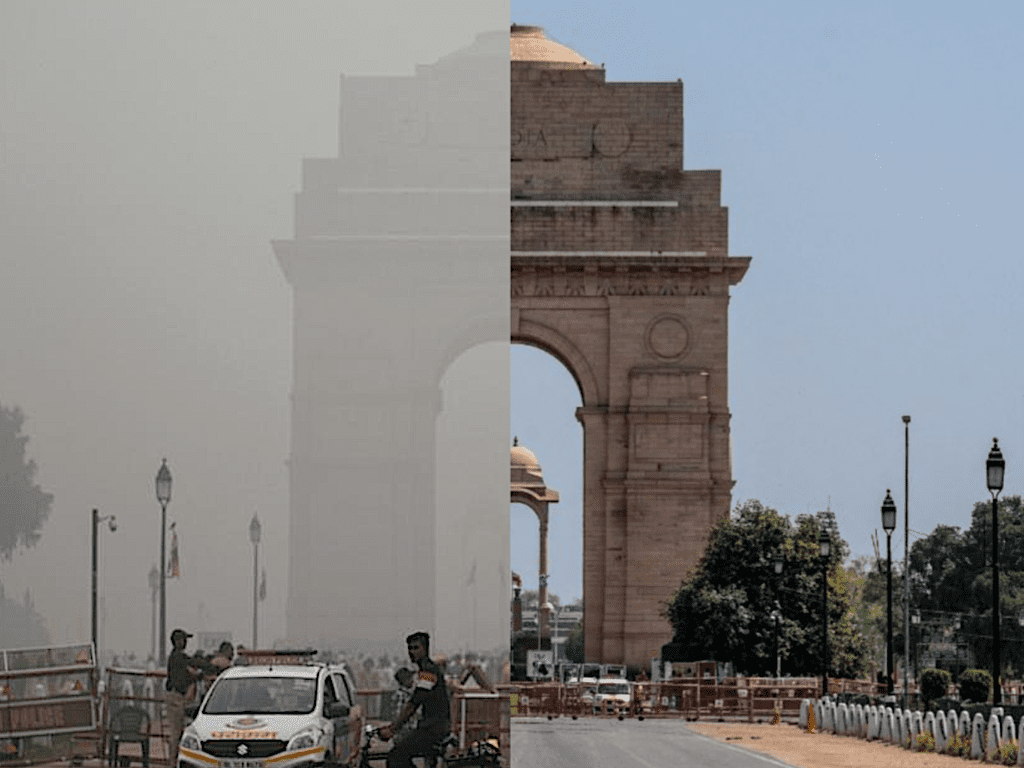
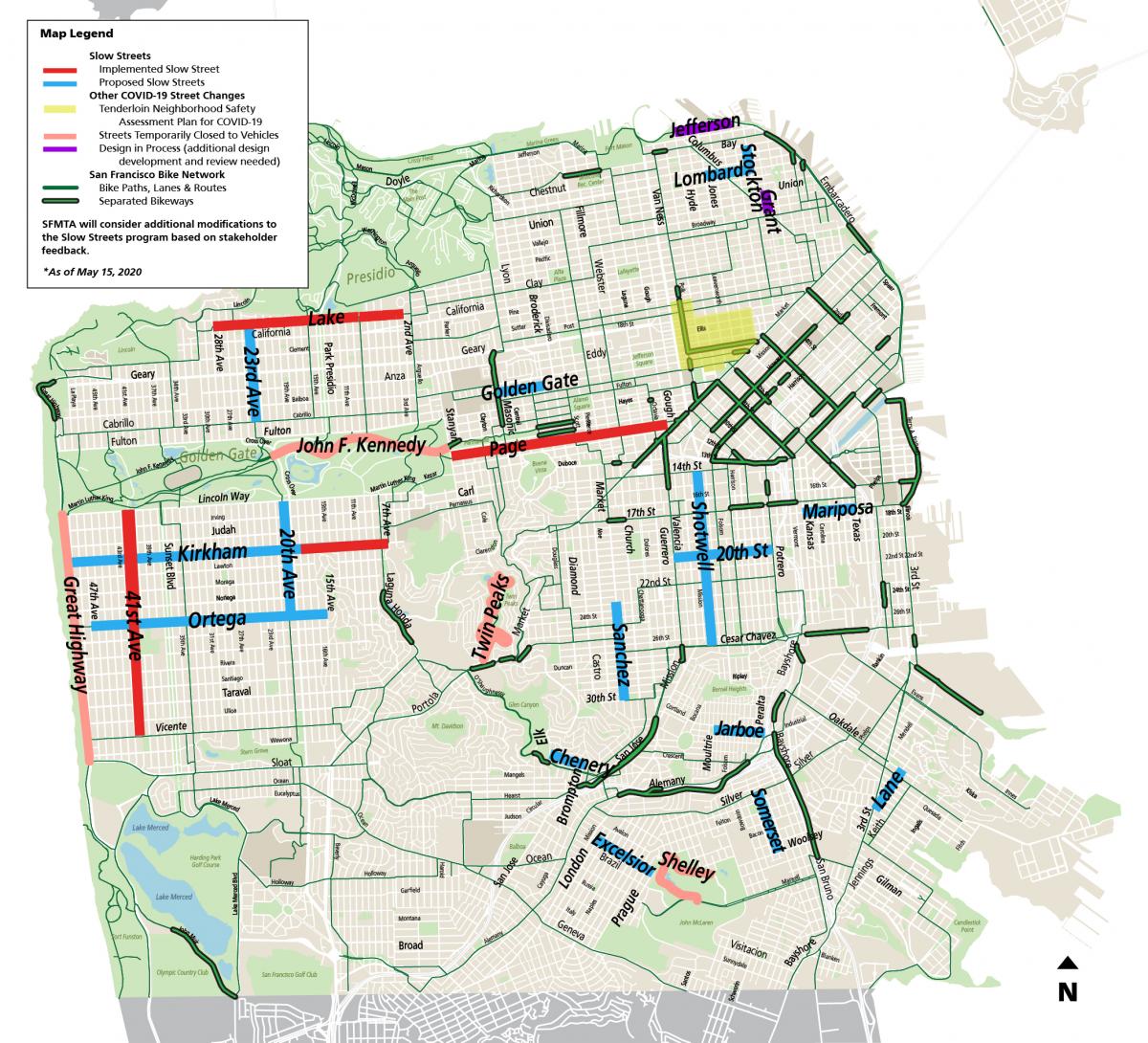
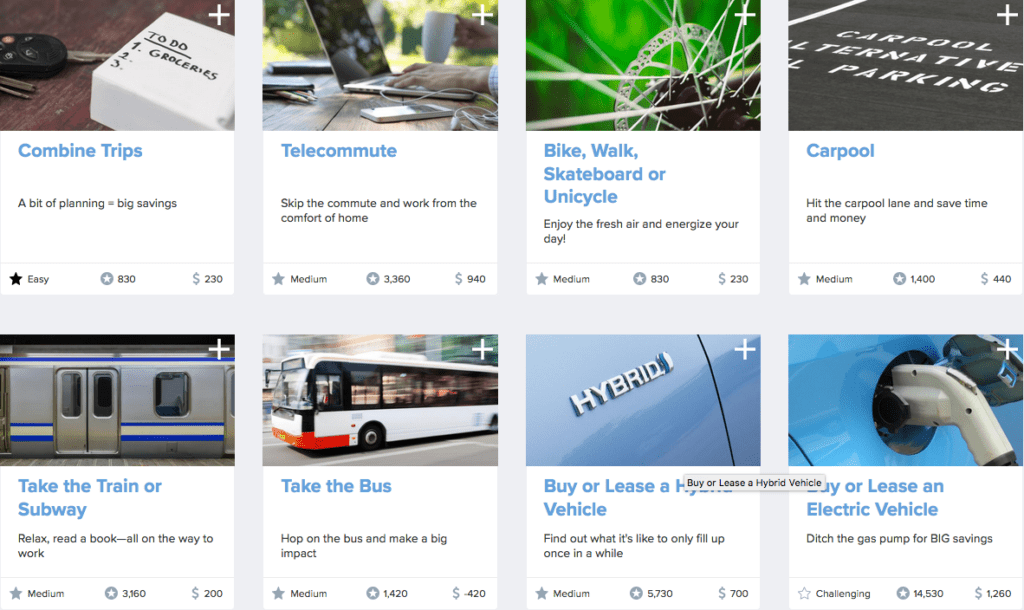
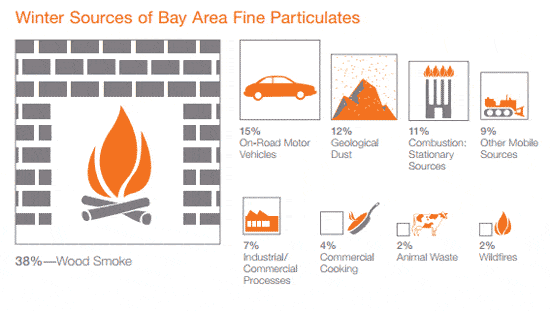
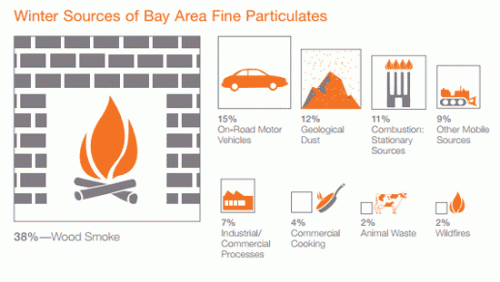
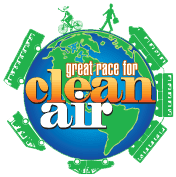


 The Bay Area Air Quality Management District has issued a
The Bay Area Air Quality Management District has issued a 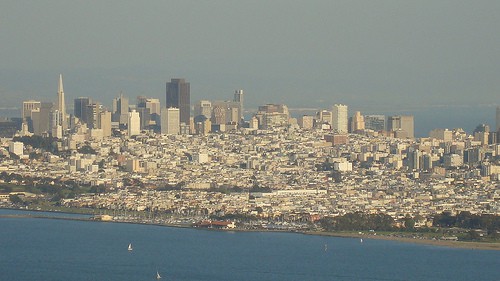

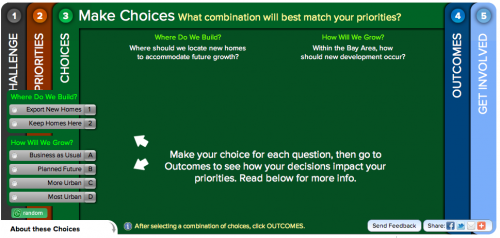
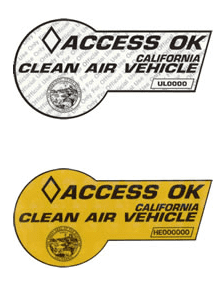 Vehicles that meet strict clean air requirements are given special white and yellow stickers and allowed to use carpool lanes on California’s freeways. Unfortunately, vehicles with the yellow stickers may find themselves stuck in traffic again soon.
Vehicles that meet strict clean air requirements are given special white and yellow stickers and allowed to use carpool lanes on California’s freeways. Unfortunately, vehicles with the yellow stickers may find themselves stuck in traffic again soon.
